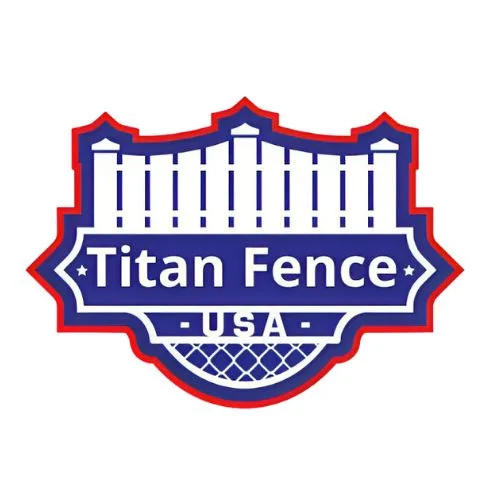Find the Perfect Fence Type for Your Property
Discovering the ideal fence type to suit your property’s needs is key to achieving the perfect balance of functionality and aesthetics.
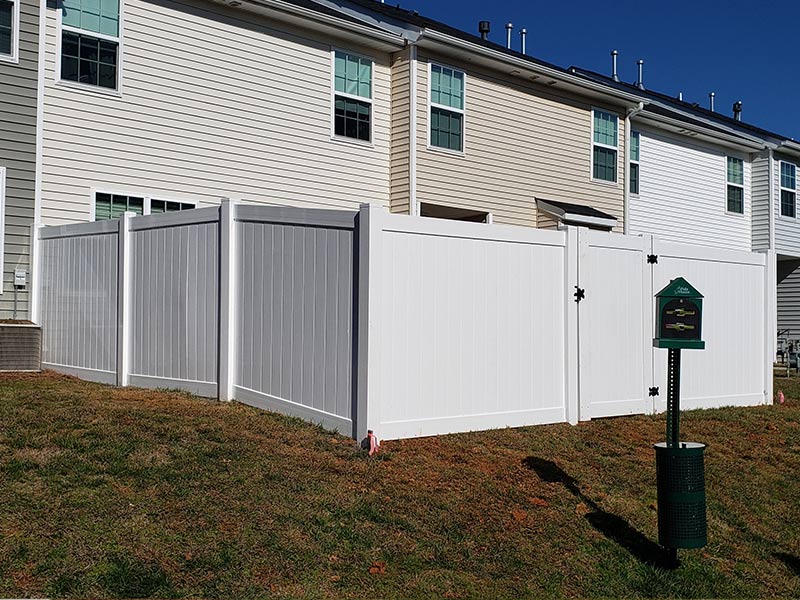
Whether you’re looking to enhance your property’s curb appeal or create a secure boundary for your home, selecting the right fence type is essential. With so many options available, it can be overwhelming to determine which one is best suited for your needs. But fear not! We’re here to help you navigate through the world of fences and find the perfect match for your property.
So get ready to explore wooden fences, aluminum fences, chain-link fences, metal fences, pool fences, vinyl fences, and last but certainly not least – wrought iron fences. Each option brings its own set of benefits and unique style elements that will make your property stand out from the rest.
Are you ready? Let’s dive in and discover the perfect fence type for your property!
Importance of Selecting the Right Fence Type
When it comes to selecting a fence for your property, the importance of choosing the right type cannot be overstated. A fence serves multiple purposes – it provides security, enhances privacy, adds value to your property, and even contributes to its overall aesthetic appeal.
One of the key factors in selecting the right fence type is identifying your specific needs. Are you looking for a fence that offers maximum security? Or do you simply want to enhance the curb appeal of your home? Understanding your priorities will help narrow down your options.
Another crucial consideration is the material used for the fence. Different materials offer different benefits and have varying durability levels. Wood fences are classic and versatile, while aluminum fences are low-maintenance and durable. Chain-link fences provide affordability and functionality, while metal fences offer both strength and elegance.
Speaking of aesthetics, choosing a fence that complements your property’s style can greatly enhance its overall curb appeal. Whether you prefer a traditional picket fence or a modern vinyl one, there are countless styles to choose from.
Identifying Your Fencing Needs
When it comes to choosing the right fence for your property, it’s important to first identify your specific needs. Every property is unique and has different requirements when it comes to fencing. By understanding what you need from a fence, you can make an informed decision that will meet both your practical and aesthetic preferences.
One important factor to consider is the purpose of the fence. Are you looking for added privacy? Do you need a fence to keep your pets or children safe within your yard? Or perhaps you simply want a decorative element that enhances the overall look of your property. Determining the primary function of the fence will help guide your decision-making process.
Another consideration is the level of maintenance required. Some materials, such as wood, may require regular staining or painting to maintain their appearance and durability. On the other hand, materials like vinyl or aluminum are low-maintenance options that can save you time and effort in the long run.
Additionally, take into account any local regulations or guidelines that may dictate what type of fencing is allowed in your area. If there are height restrictions or specific materials required by zoning laws, be sure to research these before making a final decision.
Think about how long-term goals may impact your choice of fence. Are you planning on selling your property in the near future? Investing in a high-quality and visually appealing fence can increase curb appeal and potentially attract more buyers.
By carefully considering these factors – purpose, maintenance, regulations, and future plans – you’ll be better equipped to select a fencing option that suits both functional needs and personal style preferences without compromising on quality or aesthetics.
Contact us now, and together we’ll orchestrate a fencing masterpiece that will make heads turn, jaws drop, and your neighbors wonder if they accidentally moved into a celebrity’s estate. Don’t wait, because greatness awaits!
Material Choices: Overview of Different Fence Materials
When it comes to selecting the right fence for your property, one of the most important factors to consider is the material. There are a variety of different fence materials available, each with their own unique characteristics and benefits.
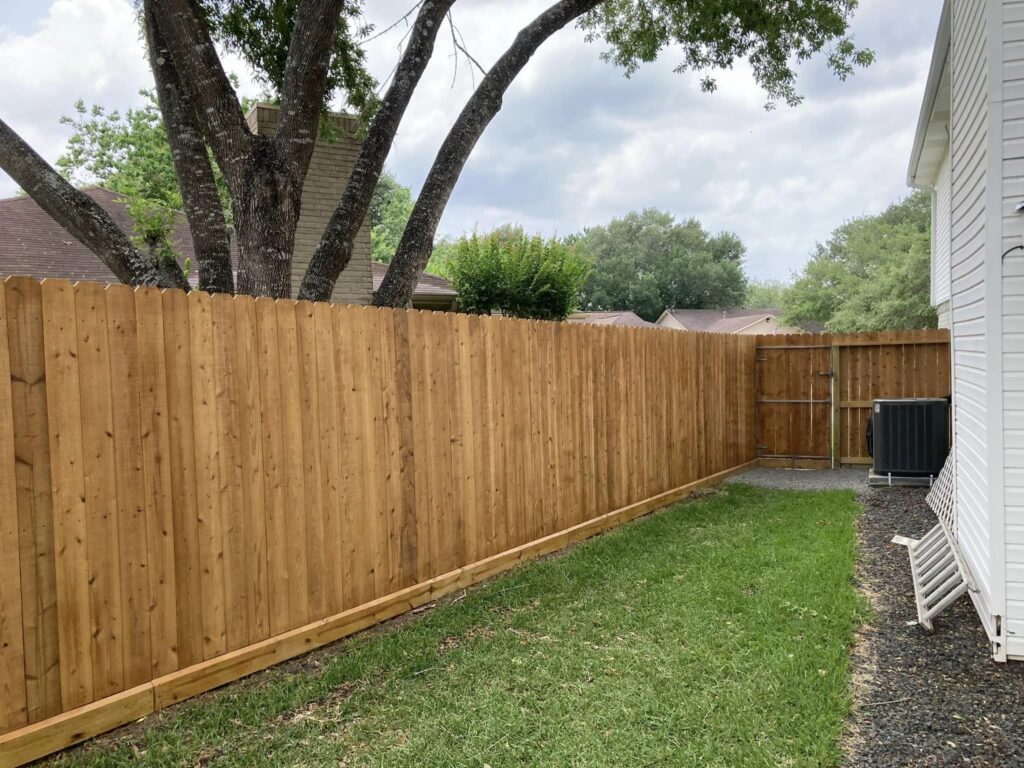
Wooden fences are a classic choice that offers both functionality and aesthetic appeal. They can be customized in various styles and painted or stained to match your home’s exterior. Plus, wood fences provide privacy and security while adding a natural touch to your landscape.
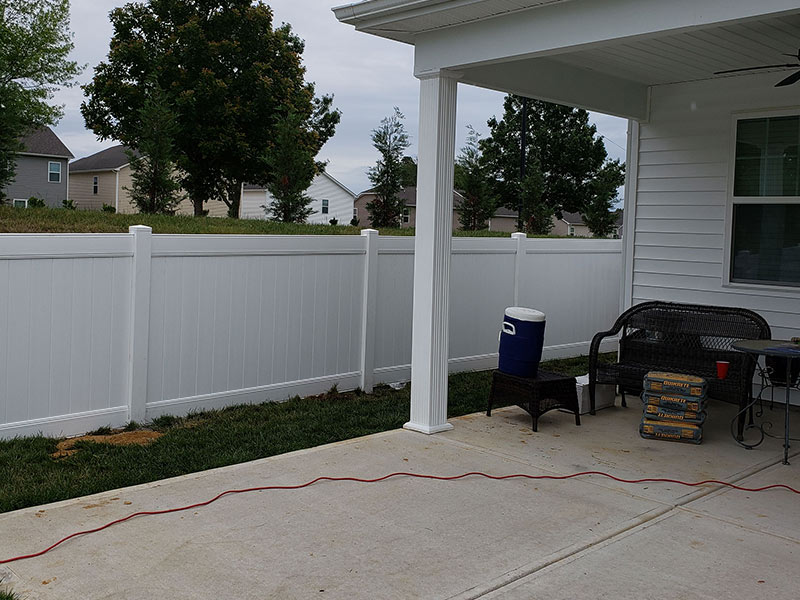
Vinyl fencing is another popular option due to its durability and low maintenance requirements. It resists fading, cracking, warping, and rotting – making it ideal for areas with harsh weather conditions.
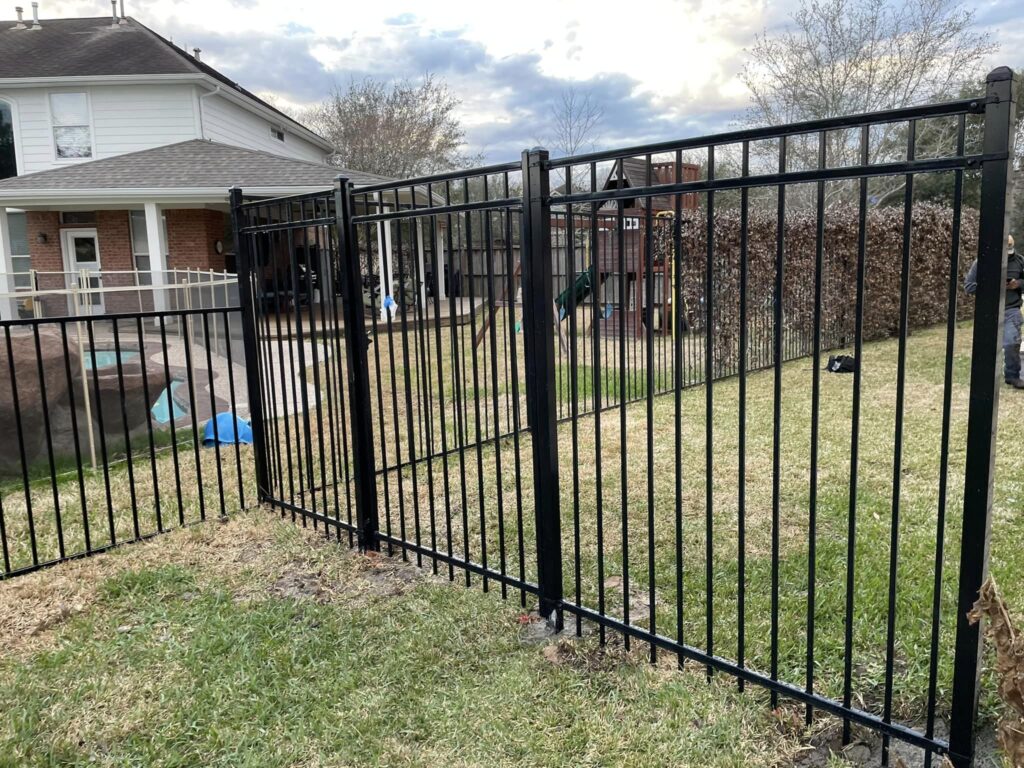
For those seeking a sleek modern look, metal fences are a great choice. Made from steel or iron, these fences are strong yet visually appealing. With their clean lines and minimalist design, metal fences can enhance the curb appeal of any property.
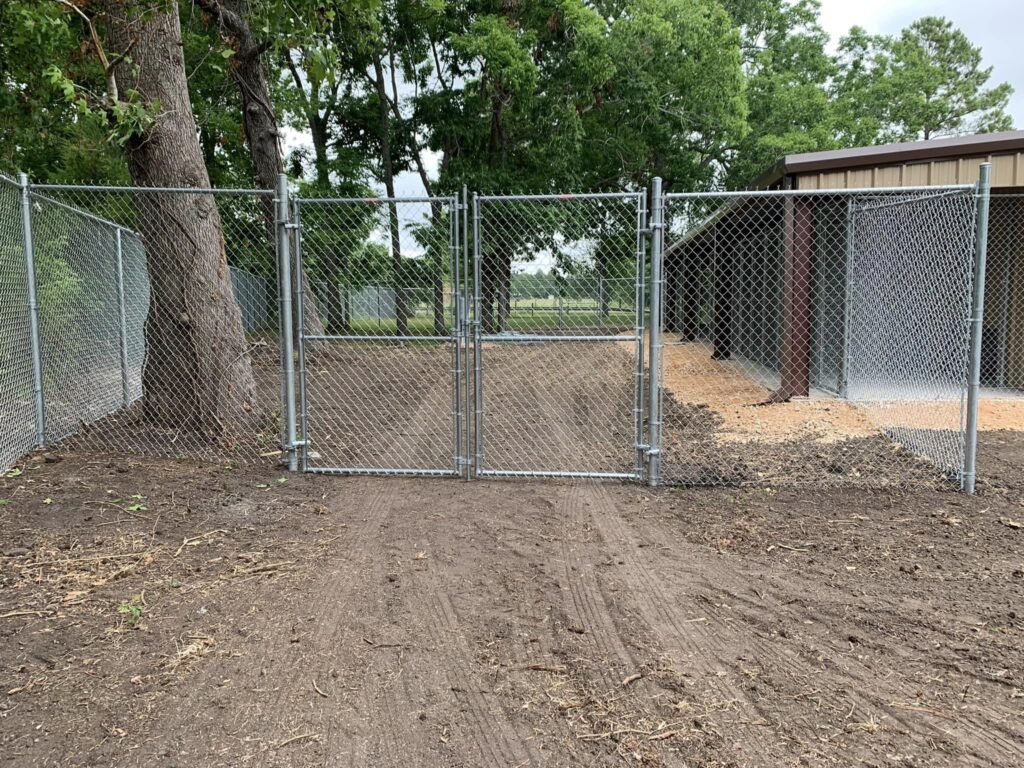
Chain-link fences offer affordability and versatility. They are commonly used in commercial settings but can also be installed around residential properties. While they may not provide as much privacy as other types of fencing, they do offer security and durability.
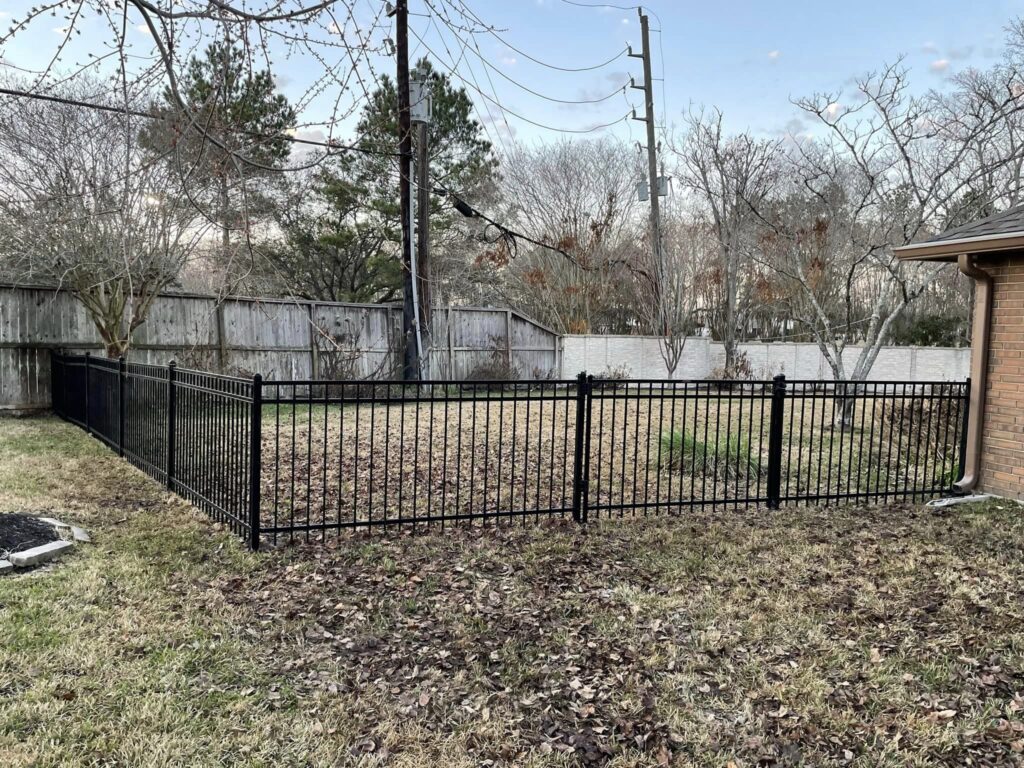
If you’re looking for something more durable and low-maintenance, aluminum fences are an excellent option. They are resistant to rust and require minimal upkeep, making them perfect for homeowners who want a long-lasting solution without sacrificing style.
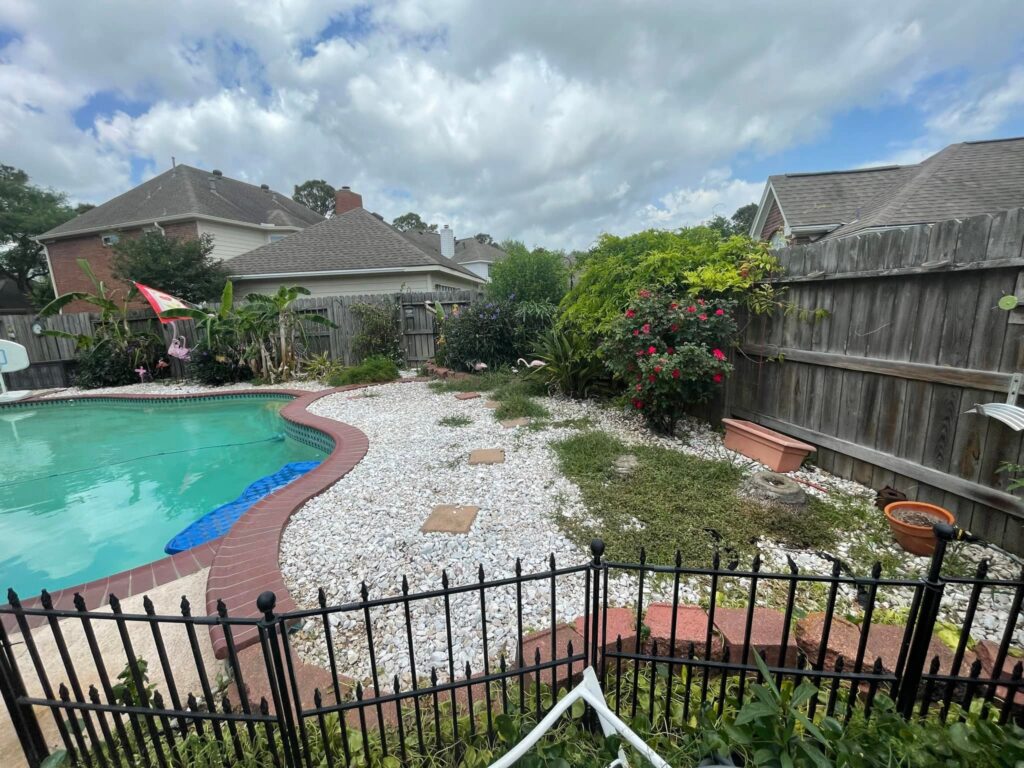
Wrought iron fences exude elegance with their intricate designs that add charm to any property. While they require some maintenance like repainting periodically to prevent rusting; wrought iron offers unmatched durability when properly cared for.
So whether you prioritize aesthetics or practicality—or both—there’s sure to be a fence material that suits your needs perfectly!
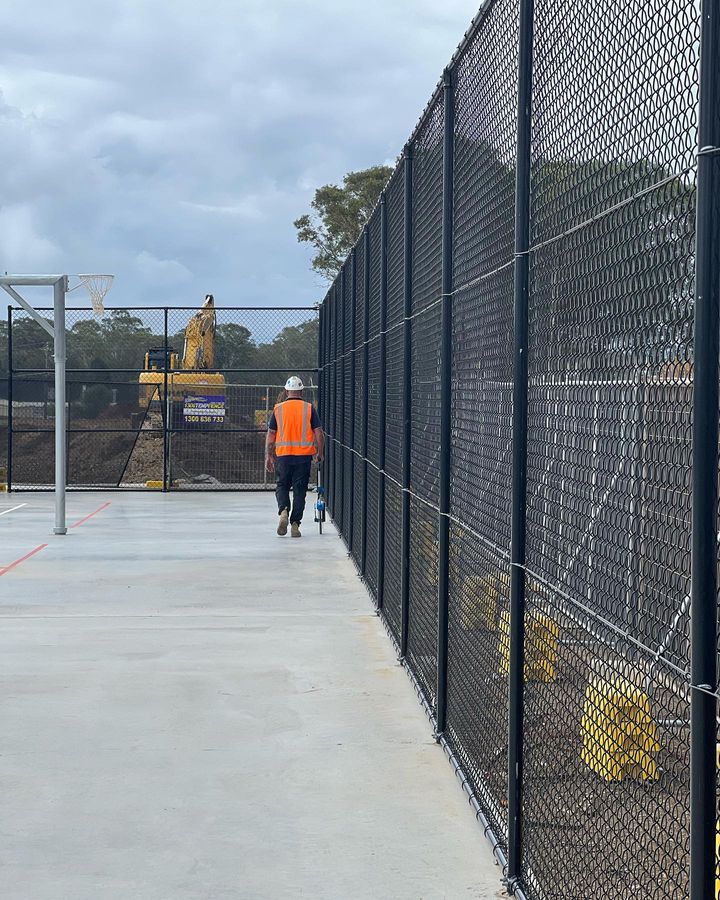
Enhancing Your Property’s Curb Appeal with Fencing
When it comes to enhancing the curb appeal of your property, don’t overlook the power of a well-designed fence. Not only does fencing provide security and privacy, but it can also add a touch of elegance and charm to your home.
One way to enhance your property’s curb appeal is by choosing the right material for your fence. Wood fences offer a classic and timeless look that can complement any architectural style. If you’re looking for something more modern and low-maintenance, consider aluminum or vinyl fencing options.
In addition to selecting the right material, you should also consider the style of fence that will best enhance your property’s curb appeal. Dog-eared fences are popular for their simplicity and clean lines, while shadowbox fences offer an attractive balance between privacy and openness.
Board-on-board fences provide both privacy and visual interest with overlapping boards, while lattice fences add a decorative element without sacrificing visibility. For those who want a traditional look, picket fences are always a charming option.
Split-rail fences are perfect for creating rustic charm or defining boundaries in larger properties. Whatever style you choose, make sure it complements the overall aesthetic of your home.
By carefully considering both materials and styles when selecting your fence type, you can significantly enhance the curb appeal of your property. A well-designed fence not only adds value to your home but also creates an inviting atmosphere that will impress guests and passersby alike! So why wait? Start exploring different fence types today!
Key Considerations for Your Fencing Choice
Understanding Local Fencing Regulations
Before choosing a fence for your property, familiarize yourself with local regulations regarding wood fencing, pool fencing, privacy fences, and steel fences. Each area has its own rules on fence height, material, and placement. Complying with these regulations avoids legal issues and maintains harmony in your neighborhood. Contact your local government or zoning department for specific requirements.
How Climate Influences Your Fencing Choice
Consider climate when selecting a fence. Wrought iron and steel fences are more durable in high winds, while materials like aluminum or vinyl are better in extreme temperatures. Choose fencing options that resist water damage in flood-prone areas.
Cost Factors of Having Fence: Considerations Beyond Initial Purchase
1. Installation Costs
Depending on the type of fencing material and complexity of installation, there may be additional costs to install the fence itself.2. Maintenance Costs
Fences require regular maintenance such as staining or painting, repairs due to damage caused by critters or storms, and more.3. Landscaping Costs
The fencing may require additional landscaping such as adding shrubs or plants around it in order to make it blend into its environment.4. Property Taxes
A new fence may increase your property taxes due to its value added to your home.5. Permits
Some localities require permits for certain types of fences or for those that exceed a certain height or size; these may come with additional fees and paperwork requirements.DIY Fence Installation Guide: We Make it Simple for you
Here are some simple steps you can follow if you’re interested in installing a fence on your property. Please keep in mind that these instructions may vary depending on the type of fence you’re installing, such as pool fencing, privacy fences, or other fencing options (wood, vinyl, aluminum, etc.), and the specific conditions of your property.
Planning & Preparation
- Measure and plan your space for your wood fencing, pool fencing, vinyl fencing, or privacy fences: Determine the length of your fence and identify where you want the gate and posts to be located.
- Check local regulations: Some places have specific rules about fence heights and designs, so check with your local building authority. This applies to all types of fences including privacy fences, vinyl fencing, railing, and gates.
- Gather materials: Purchase your fence panels, posts, post caps, gate kit, and any other necessary equipment like concrete, nails/screws, hinges, etc.
Mark the Fence Layout
- Use a string to mark the fencing path: The string will act as a guide to ensure you place your fence posts in a straight line.
- Mark the post locations: Typically, posts are placed 6-8 feet apart depending on the type of fence.
Dig the Post Holes
- Use a post hole digger or auger to dig holes for your fencing posts. The depth will depend on your local frost line and the height of your fence, but a typical depth is about 2-3 feet.
Set the Posts
- Place the posts in the holes. Ensure they’re level by using a spirit level.
- Pour in quick-set concrete around the post. Follow the manufacturer’s instructions regarding the amount of water to mix in.
- Let the concrete cure for the recommended time.
Attach the Fence Panels
- Start from one end and attach the panels to the posts using screws or nails.
- Ensure the panels are level before attaching them completely.
Install the Gate
- Build your gate using a gate kit and attach it to your predetermined posts using the included hardware.
- Make sure the gate is level and swings freely.
Finishing
- Attach any post caps or decorative features.
- If you’re using a wood fence for your fencing needs, consider sealing or painting it to protect it from weather damage. This is especially important if you have a vinyl, picket, or privacy fence.
Here are some simple steps you can follow if you’re interested in installing a fence on your property. Please keep in mind that these instructions may vary depending on the type of fence you’re installing, such as pool fencing, privacy fences, or other fencing options (wood, vinyl, aluminum, etc.), and the specific conditions of your property.
FAQs
According to Google’s data, there are approximately 24 different types of fences listed from various sources on the web. However, in reality, there are actually many more types available. The most commonly used fence types include wood, vinyl or PVC, chain link, aluminum, wrought iron, and electric fences.
The cheapest type of fence to build would be a chain link fence. Chain link fences are relatively inexpensive and easy to install, making them ideal for those looking for an affordable fencing solution. They also require minimal maintenance, making them a great choice for homeowners who want a low-cost option that won’t require much upkeep.
Hiring a pro for help is not always necessary, but may be recommended for larger projects or if you’re not familiar with how to install a particular type of fence. If you’re just looking to install a basic wood fence, for example, a DIY guide may be sufficient. However, if you’re installing a more complex type of fence, or if you don’t have any experience with power tools, it may be a good idea to enlist the help of a professional.
In short, You should hire a professional fence contractor when you lack expertise, have time constraints, need to handle complex projects, must comply with legal regulations, or want cost-effective solutions.
The type of fence you choose will largely depend on the conditions in your area. For example, a wood fence will last longer in temperate climates while a chain link fence will hold up better in hot climates. Additionally, certain types of fencing, like electric fences, are designed to last for a certain amount of time and can be replaced if they start to deteriorate.
Contact Us : Get Professional Advice and Support
We hope that you have found this information helpful and informative.
If after researching thoroughly yourself still feel uncertain about any aspect related to selecting & installing a fence.
We offer free consultations where our team can evaluate your specific needs and provide tailored advice accordingly; please don’t hesitate getting in touch!
